A backsplash is a protective and stylish panel placed behind stoves or sinks. It shields walls from splashes and spills. Backsplashes enhance kitchens with color, texture, and patterns. many materials are available for backsplash designs, such as tile, stone, glass, metal, and wallpaper. Tile remains a top choice due to its durability, easy maintenance, and diverse color and pattern options.
Types of Kitchen Backsplashes
Selecting a kitchen backsplash involves numerous options. Each choice presents distinct features, benefits, and drawbacks. Here are some highly favored kitchen backsplash styles:
Ceramic Tile Backsplashes
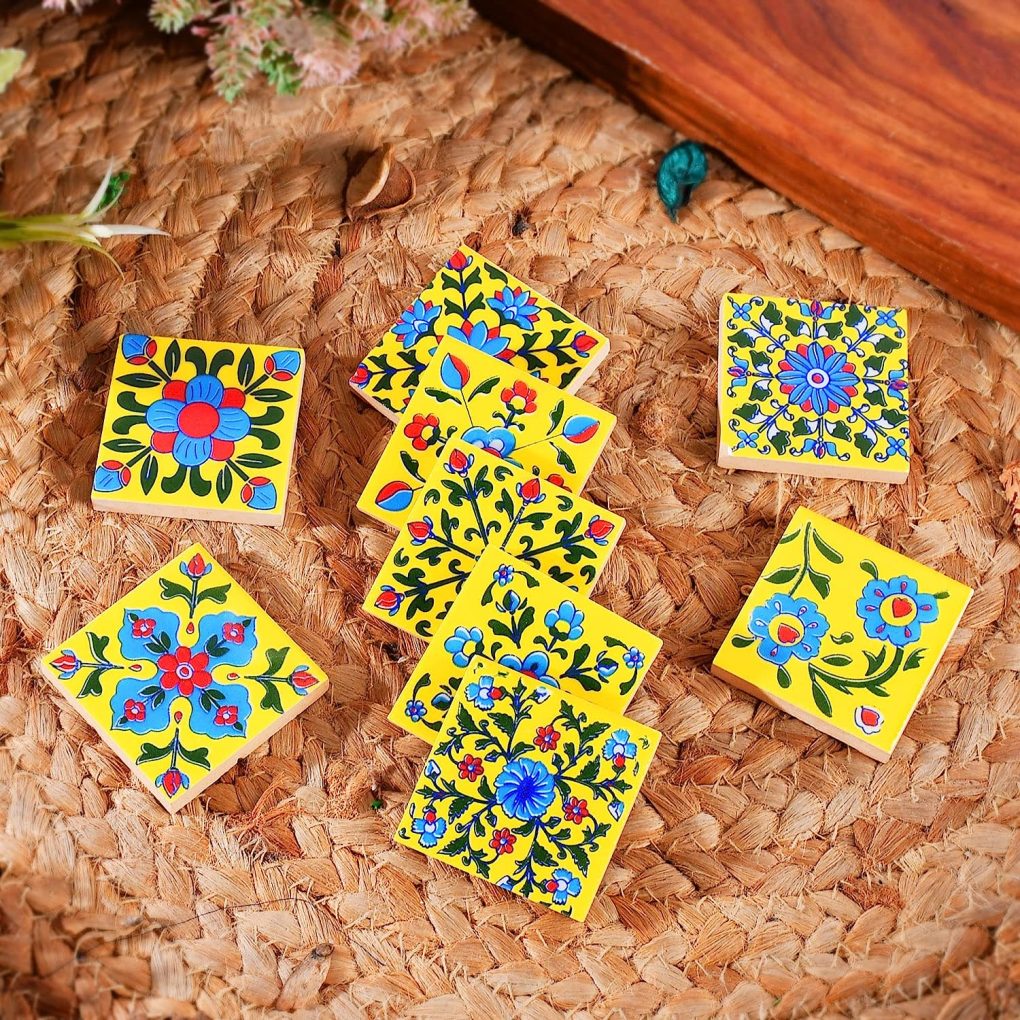
Ceramic tile backsplashes remain a top choice for kitchens in 2025. they are durable, easy to clean, and offer great design flexibility at a reasonable cost. Installing them is straightforward with basic tiling skills. Though, impacts from heavy objects can crack or chip ceramic tiles. Also, grout lines may stain with prolonged use.
Glass Backsplashes
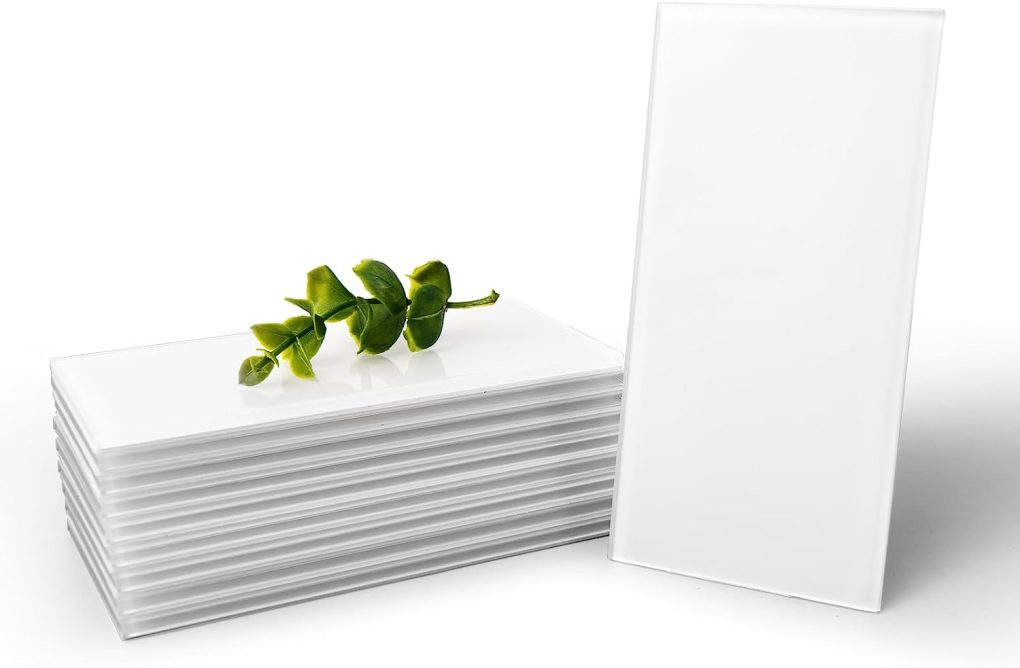
Glass backsplashes offer a modern, streamlined look for today’s kitchens. Cleaning is simple, and they withstand heat effectively. Available in numerous colors and designs, glass backsplashes can visually expand smaller kitchens by reflecting light. However, be aware that they can be costly and challenging to install professionally. Fingerprints and smudges may also be more noticeable.
Stone Backsplashes
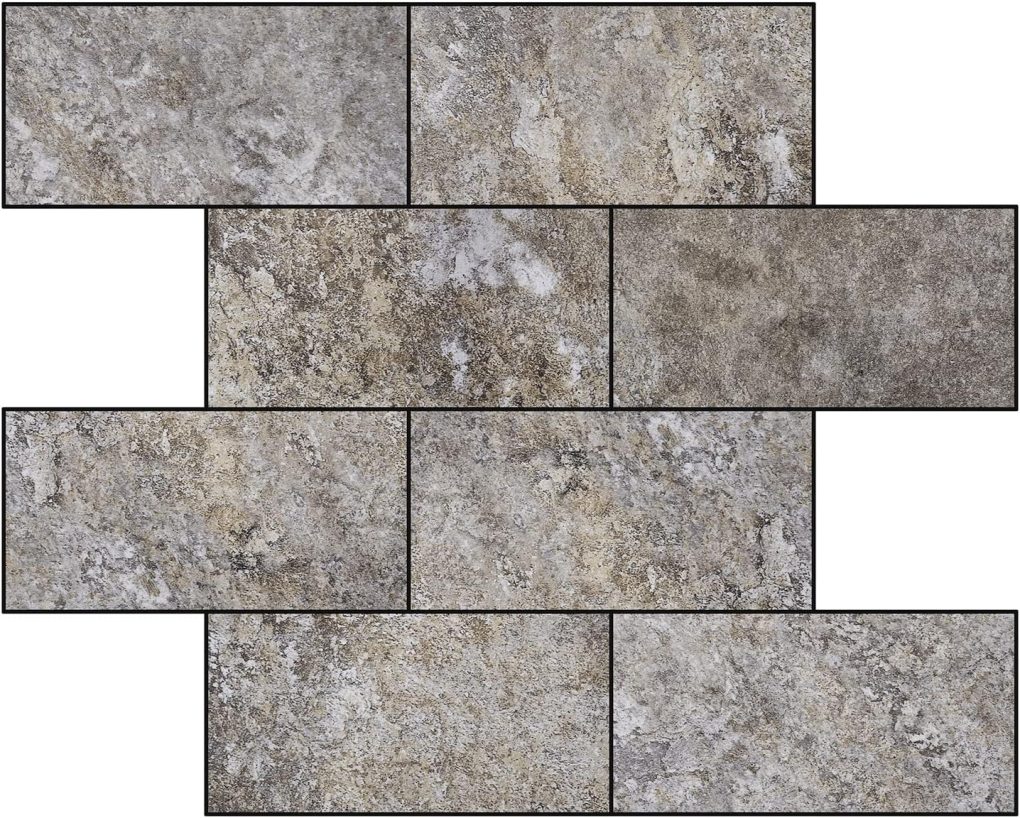
Granite, marble, and travertine backsplashes offer kitchens a touch of luxury. These stone options resist heat and last long,boosting home value. Yet, they can be costly and heavy. Installation is tricky, and regular sealing is vital to avoid stains and damage.
Metal Backsplashes
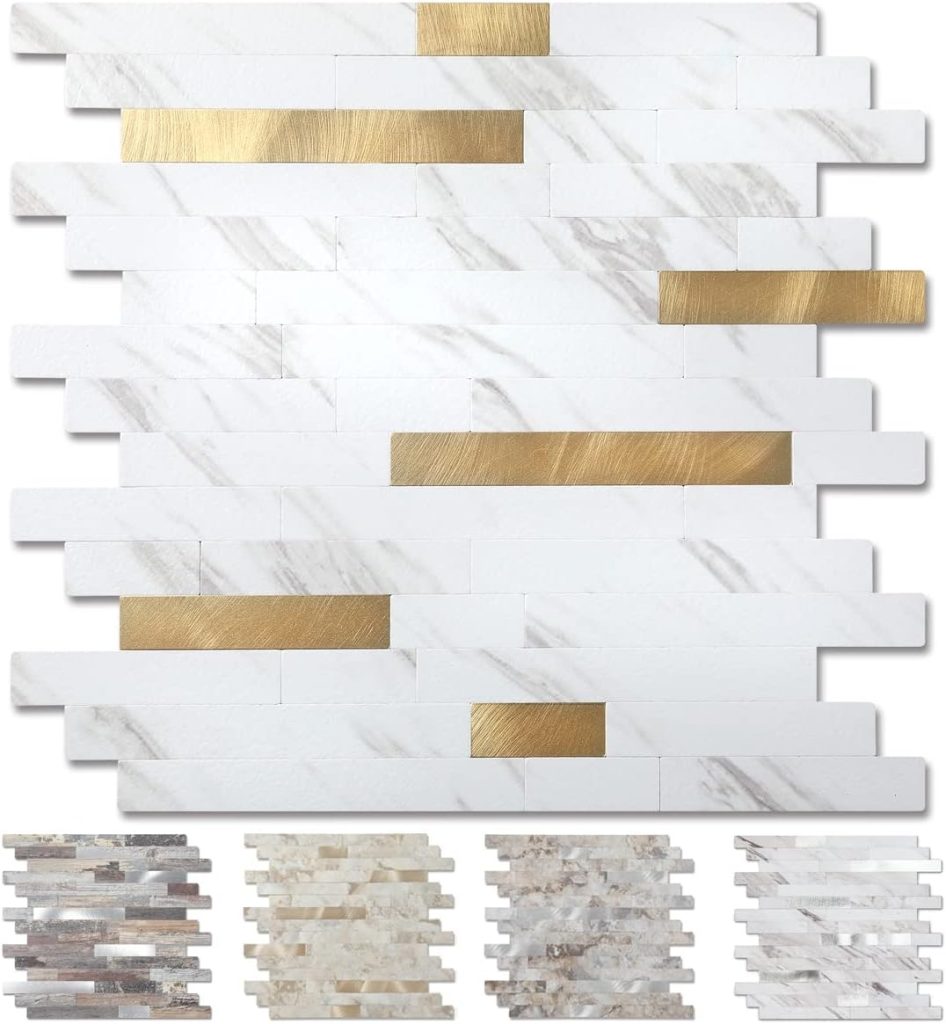
metal backsplashes, like stainless steel or copper, offer a contemporary, industrial look for 2025 kitchens. They’re simple to clean and resist heat effectively, adding distinctive texture and shine.Keep in mind that metal backsplashes can be costly and prone to scratches or dents. They also tend to display fingerprints and smudges easily.
Design Considerations
Crafting a kitchen backsplash requires careful thought. It should enhance your kitchen’s overall look. Here are crucial design aspects to remember:
Color and Pattern
Kitchen backsplash design hinges on color and pattern choices. The backsplash should enhance the kitchen’s color palette and introduce visual appeal. Think about using a vibrant color or striking pattern for a bold effect. alternatively, choose a subtle design for a unified aesthetic.
Texture and Finish
Kitchen backsplash texture and finish are key design elements. Texture adds depth and visual interest. the finish influences the kitchen’s overall style. A glossy finish offers a modern, clean aesthetic. Conversely, a matte finish provides a more rustic, warm ambiance.
Size and Shape
Ultimately, backsplash size and shape are key design elements. Backsplash size should match your kitchen’s scale.Unique shapes, like hexagons or diamonds, can create a striking focal point.
Installation Tips
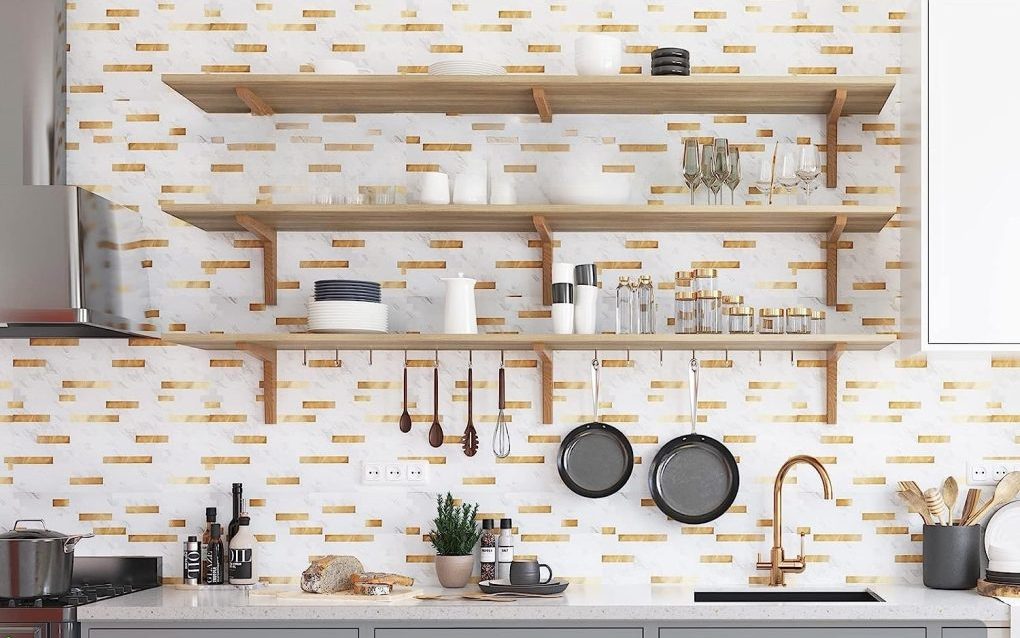
Adding a backsplash is a great way to enhance your kitchen’s look and shield your walls. Here’s updated expert advice for a seamless installation in 2025.
Preparation
Prior to installing your backsplash, proper preparation is key. Follow these steps for best results:
Request
After organizing your space, it’s time to install the tiles. Follow these steps for a successful application:
Grouting
Once the adhesive is fully dry, you can begin grouting the tiles. Here are some updated tips for a successful grouting experience:
Sealing
Once the grout is dry, protect your tiles by sealing them. This prevents moisture and stains. Here are some helpful sealing tips:
Use these updated 2025 installation tips. They will help you achieve a stunning kitchen backsplash. Plus, they’ll give your walls the protection they need.
DIY Kitchen Backsplash Ideas
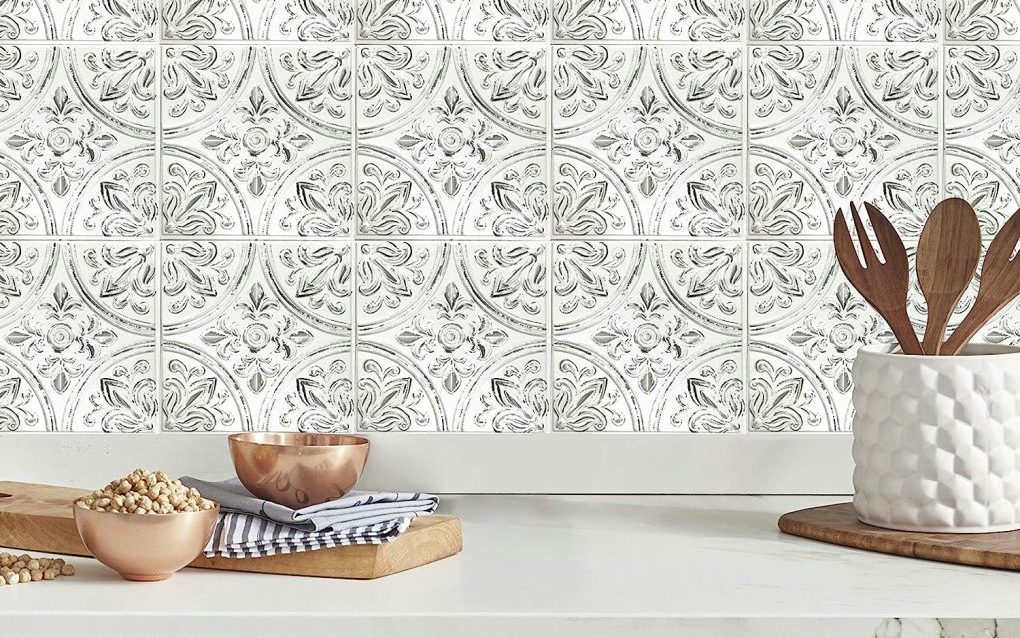
Revamp your kitchen affordably and easily by updating the backsplash. DIY projects offer a personal touch, creating a significant design impact. Explore these DIY kitchen backsplash ideas for inspiration.
Painted Backsplashes
Updating your backsplash with paint is a simple method to inject color and personality into your kitchen.It’s also a great solution for refreshing or fixing up an older backsplash. For a unified design, use the same color as your walls or cabinets. Alternatively, select a contrasting color to create a striking focal point.
Begin by thoroughly cleaning your backsplash and ensuring it’s completely dry. If needed, apply a primer coat. Proceed to paint using a brush or roller. For enhanced resilience,opt for a satin or semi-gloss paint.
Peel and Stick Backsplashes
Self-adhesive backsplashes are a trendy and budget-amiable choice for DIY projects. These wall tiles offer diverse colors and designs, including subway, mosaic, and brick imitations.Installation is simple, and they peel off without harming your walls.
Begin by applying a self-adhesive backsplash. Ensure the wall is clean and thoroughly dry beforehand. Accurately measure and cut the tiles to match the designated space. Then,remove the adhesive backing and carefully attach the tiles to the wall,starting from the base and moving upwards.Lastly, use a level to guarantee the tiles are perfectly aligned.
Stenciled Backsplashes
Stenciled backsplashes offer an innovative approach to infuse your kitchen with unique patterns and textures. Explore diverse stencil options, from geometric designs to floral motifs, or even personalized text. Stenciling provides a fantastic method to tailor your backsplash,resulting in a truly distinctive aesthetic.
Ensure the backsplash is clean and dry. Affix the stencil using painter’s tape. Apply paint lightly with a stencil brush or sponge to avoid seepage.
